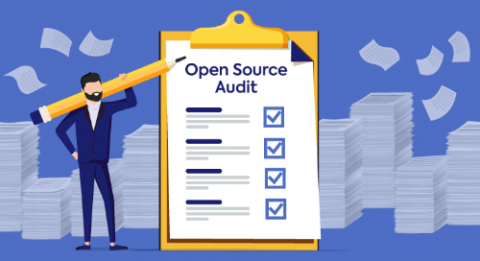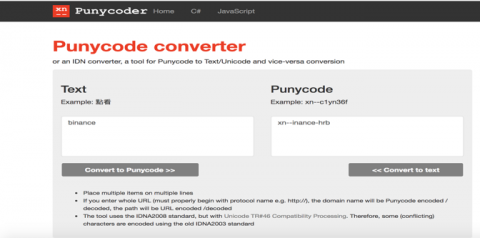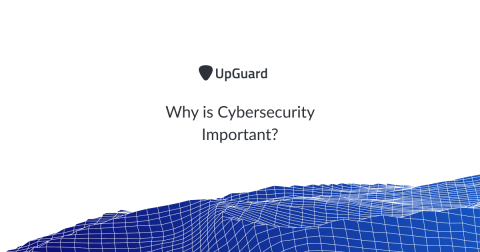Vulnerability management explained
Every year, thousands of new vulnerabilities are discovered, requiring organizations to patch operating systems (OS) and applications and reconfigure security settings throughout the entirety of their network environment. To proactively address vulnerabilities before they are utilized for a cyberattack, organizations serious about the security of their environment perform vulnerability management to provide the highest levels of security posture possible.











